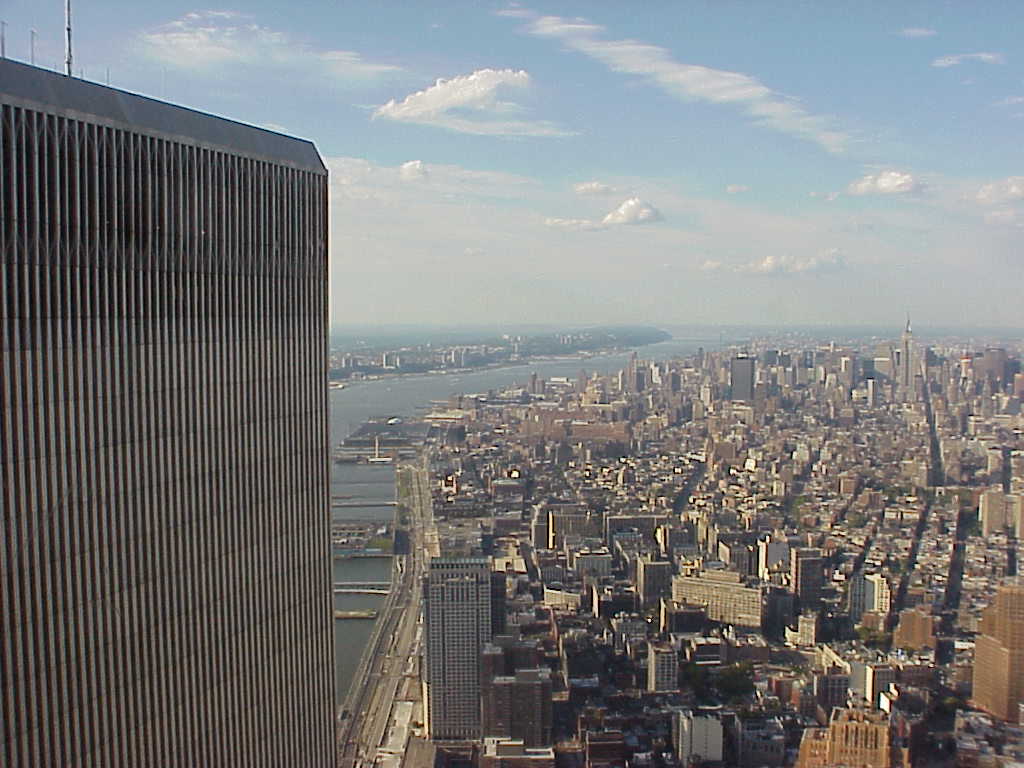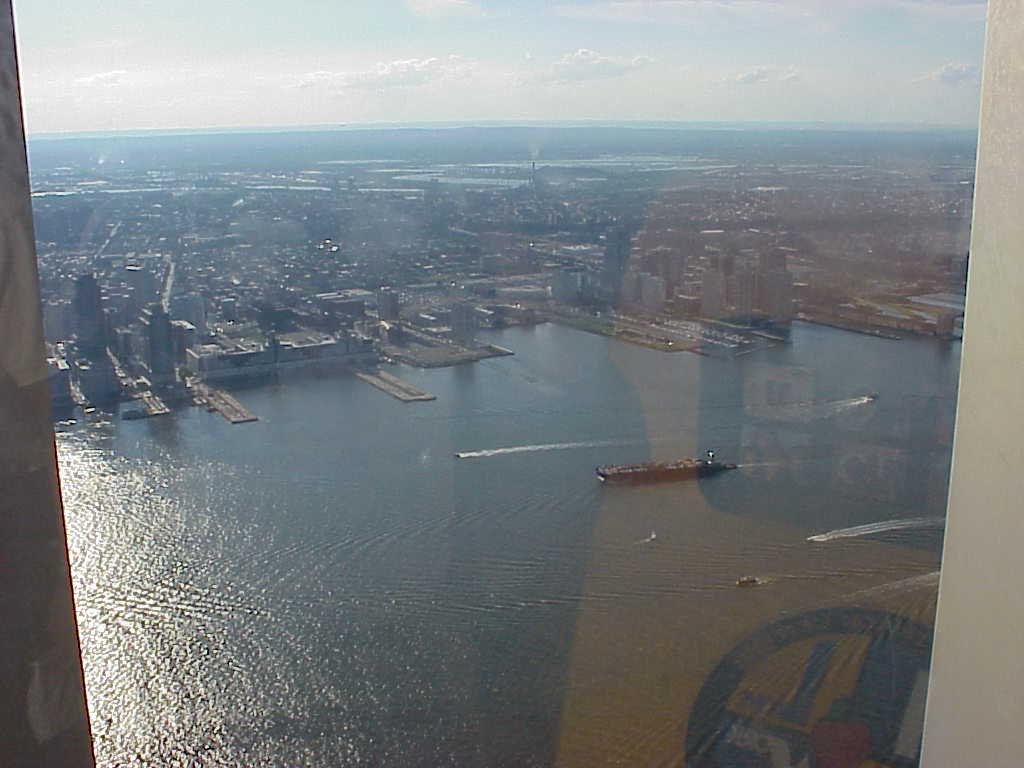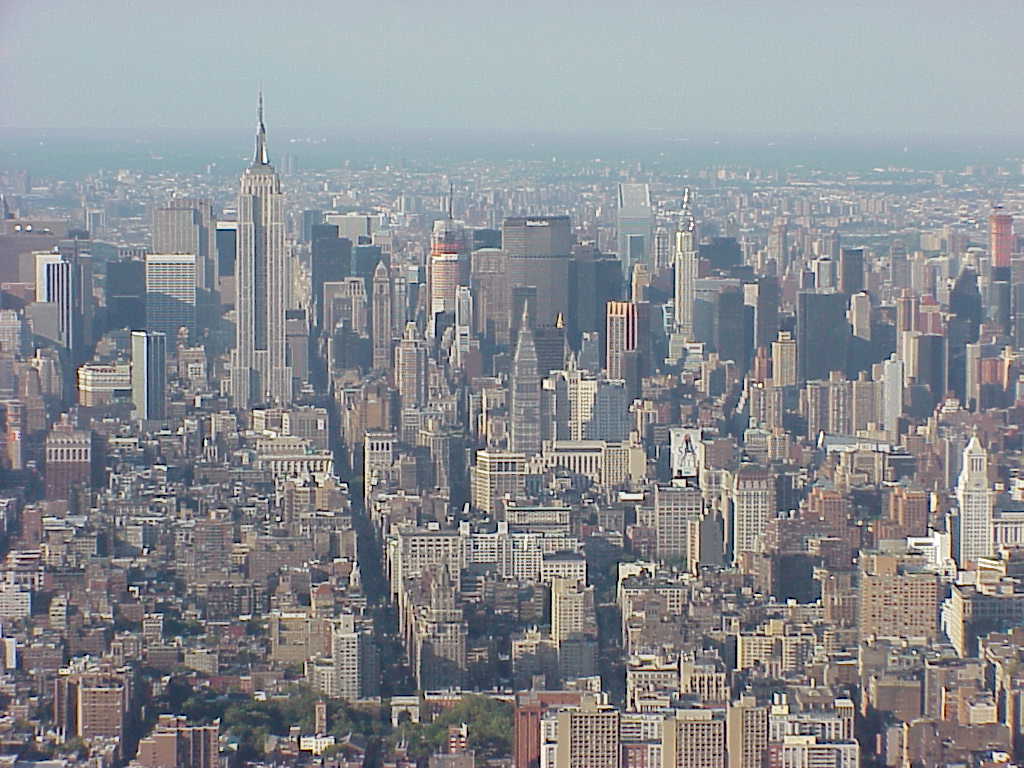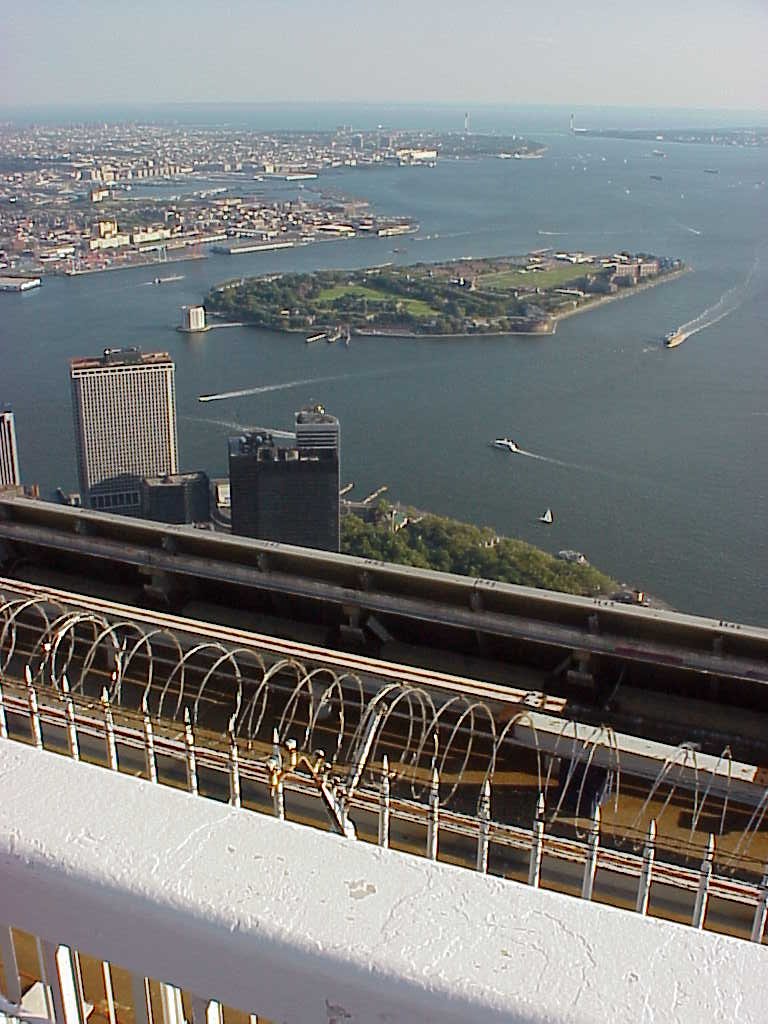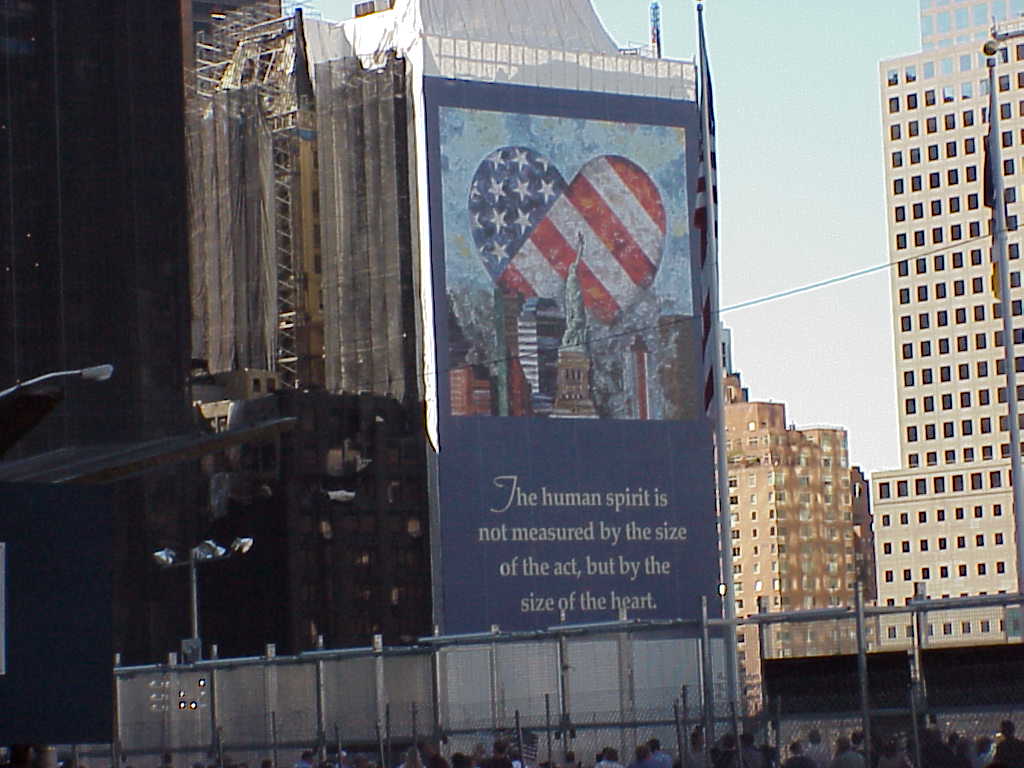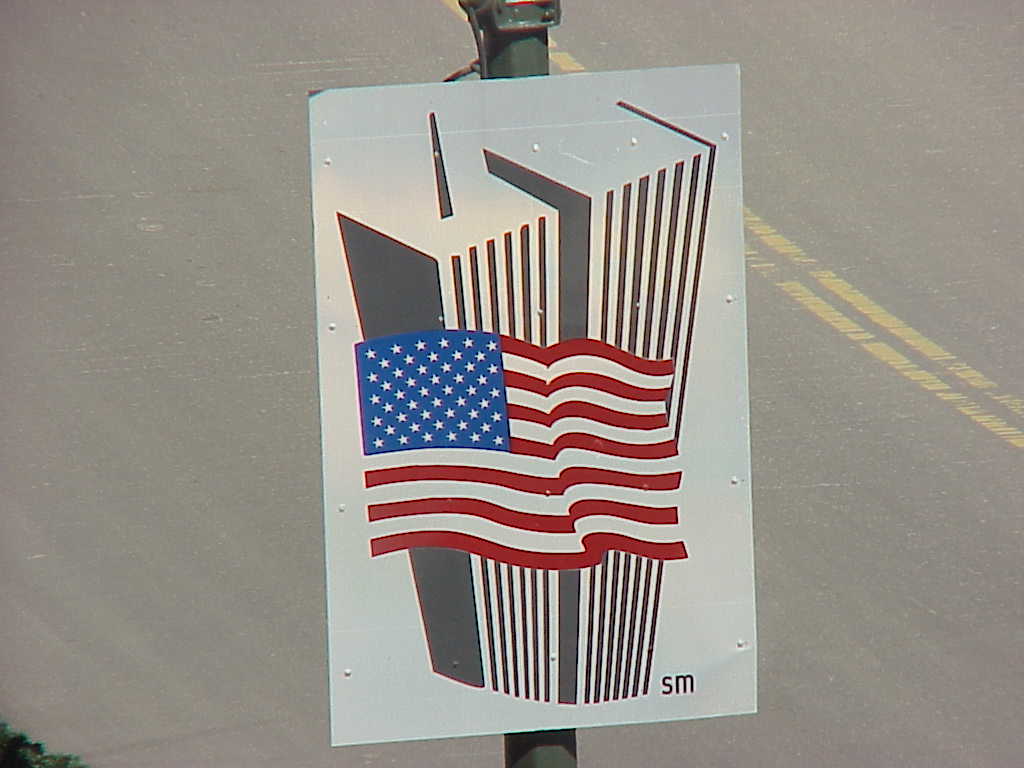I often have wondered. What would have happened if the terrorist attacks on September 11, 2001, had happened a year earlier when Jim Crochet and I were visiting Manhattan?
You see, Jim and and I had taken the elevators to the top of the World Trade Center only a year before the attacks happened. We had a little extra time after a meeting and decided to see a few sights while we had the chance.
Would anyone ever have known how Jim and I perished if the attacks happened then? The day had been July 22, 2000. We told no one about our visit to the twin towers’ observation deck until afterward. And we left no clue in our hotel room where we had gone that day. Why would we need to?
Jim Crochet and I were in New York for a Brooklyn professional conference that was part of Jim’s job. On a lark, we jumped onto the subway to lower Manhattan and got off in the basement station of the World Trade Center.
It was a sunny day, though a little hazy in the harbor area. We bought our tickets in the lobby and took one of the huge jam-packed elevators up to the top-floor observation deck.
From that great height, the view of the skyline and harbor was stunning. And apart from a little vertigo, we never felt a sense of danger. Not that day.
Fourteenth months later I watched in horror as distant grainy video flashed on live television of a jet striking the first tower. I was in the den at my house and was just reaching to turn off the television to go to work when the first video aired.
I was aghast. So were the commentators on CNN. What had just happened? No one knew at that point.
One of the the TV anchors speculated that a commuter jet had flown off course and hit the massive skyscraper. The damage looked serious. Black smoke billowed up from the tower, darkening the sky. No one had imagined yet that the tower might fall.
Feeling rattled, I telephoned Jim at his office. “You won’t believe what just happened,” I said. “A jet flew into one of those two skyscrapers we visited last summer in New York. It hit one of the twin towers. The tower’s on fire.”
After I got off the phone, I turned back to the television. There already were the sounds of sirens resounding in the streets of New York. CNN’s crews all around the city began reporting in from different Manhattan locations, with different camera angles. People were starting to evacuate parts of the lower island.
And that was when another jet screamed in from the side and slammed into the second tower. The video angle this time was close enough that there was no mistake. Even the TV commentators gasped.
It was a very large jet. And it swooped into the side of the second building, seeming to vanish into its glass facade. A huge fireball erupted outward in the opposite direction, raining jet fuel and debris onto the streets below.
Someone on CNN finally made the remark that no one really wanted to think, not at that point. “This is an attack,” he said. “It’s not an accident.”
An attack. A terrorist attack. The unthinkable had happened.
The entire world changed in that instant.
A modicum of trust that had prevailed in American life left us forever. A full-blown distrust suddenly was injected into our everyday life. And the distrust began taking physical forms, altering the way we had lived our lives until then.
Buildings would be hardened. Airport screening would become obsessive. Government IDs would become harder to get. Doors once open to everyone would be closed in favor of check points with screening devices.
My own professional life as a court public information officer would be forever altered. My expertise in crisis communications — honed by the recent Florida 2000 election crisis in Bush v. Gore — became an even more sought-after skill. I found myself on the speaking circuit talking about government communications in emergencies.
And one of those trips brought me back to lower Manhattan in 2002 to give another presentation. The topic was on adapting Florida’s crisis communications’ experience to the post-terrorist world.
Afterward, on October 19, 2002, Jim and and found ourselves with a little more free time once that conference had ended. We wandered around the area we had visited just a little over two years earlier — the ruined area where the towers had stood. And I took more photographs.
The most striking was of a metal cross raised above the site of the World Trade Center’s wreckage. The rusty cross beams were a remnant of the towers’ superstructure that had been found in the rubble and set up by workers as a symbol of hope.
Jim and I stared up at the cross with a sense of deep humility. Beyond that cross, we were looking upward into empty blue sky.
Somewhere in that airy void was the place where we both had stood on July 22, 2000 — far above Manhattan, just one year before the twin towers fell. It was the place where I had stood to take the photographs you see here.
© Robert Craig Waters 2019. For this and other stories: www.robertcraigwaters.com


